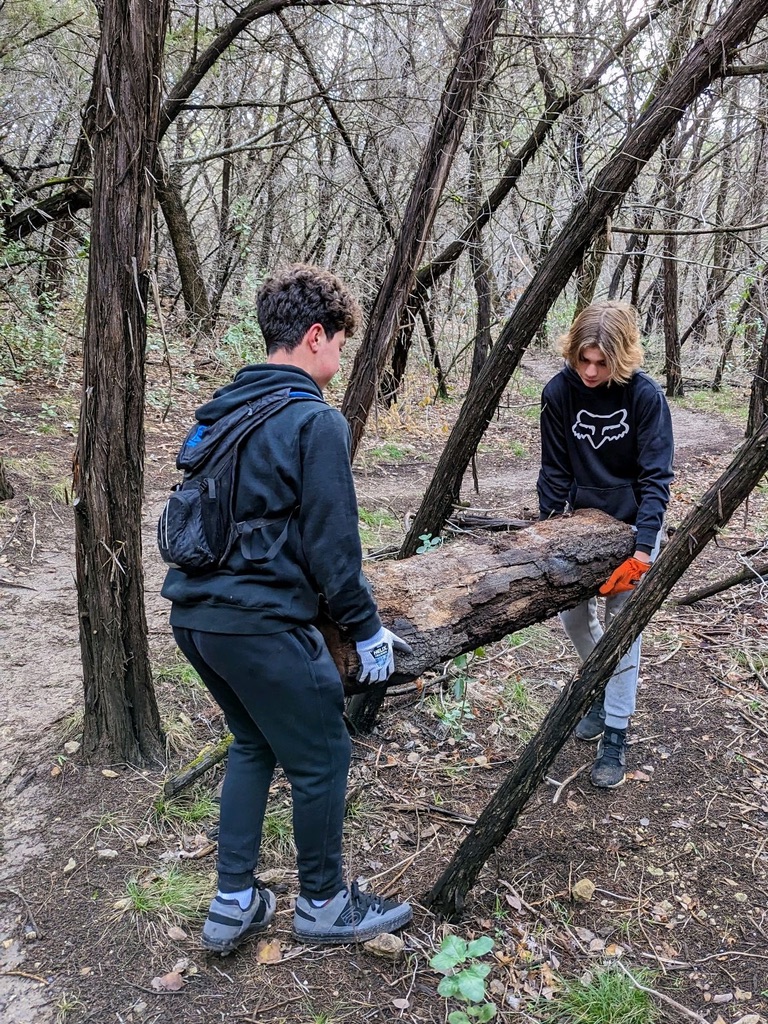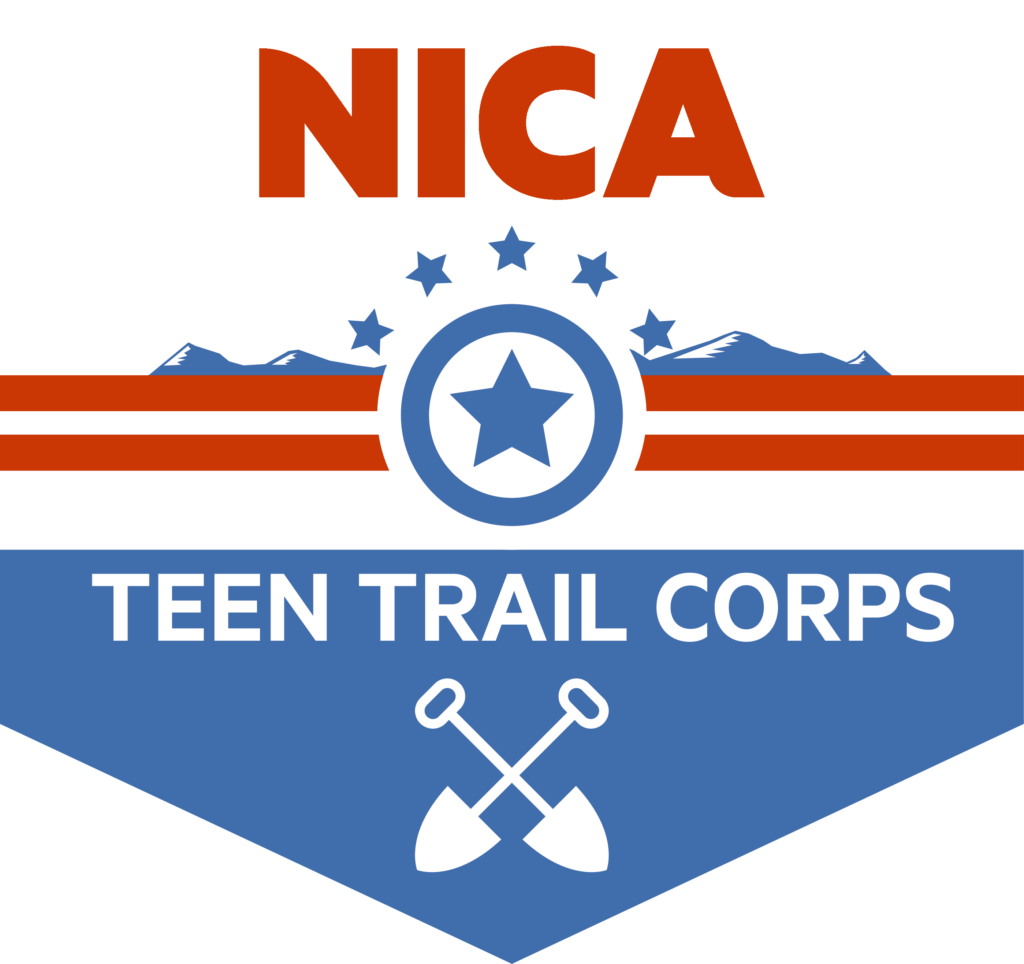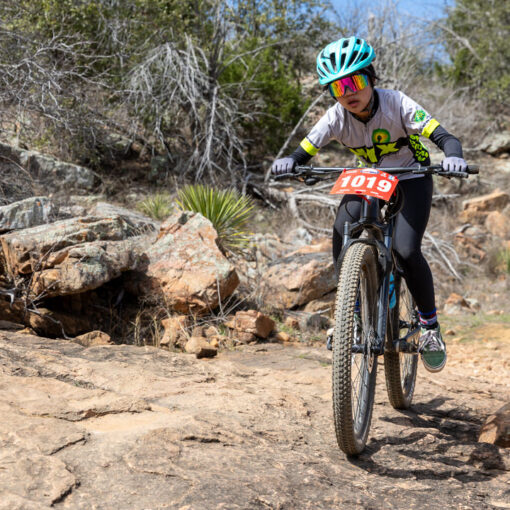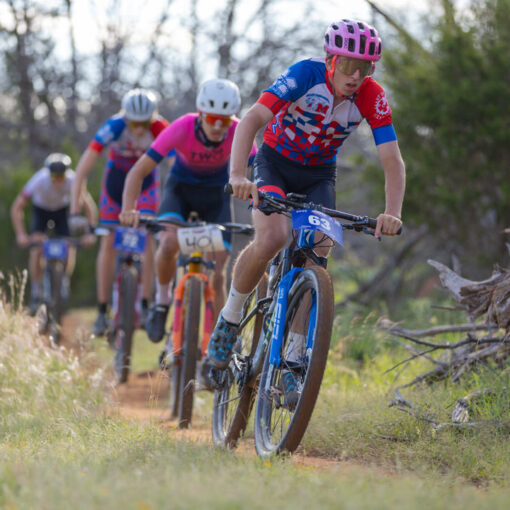TX NICA Attended International Mountain Bike Association’s (IMBA) Trail Foundations Course to Learn How Building a Community Helps Build Trails.
EDITORIAL BY: Cole Camp
It’s Tuesday morning and the plane is banking over Lake Mead as we are getting ready to land in Las Vegas before beginning our trek across the three corners of Nevada, Arizona, and Utah – Destination Cedar City, Utah.
We are just two days out from the Texas Leader’s Summit experience in Glen Rose where coaches from across the state had gathered for a little stoke, a lot of information, and as much time on the dirt as we could fit in. Cedar City is in Southwest Utah just north of the stunning canyons that were to host the Red Bull Rampage the next weekend. But wait this article is about trail building, or the starting point of advocacy.
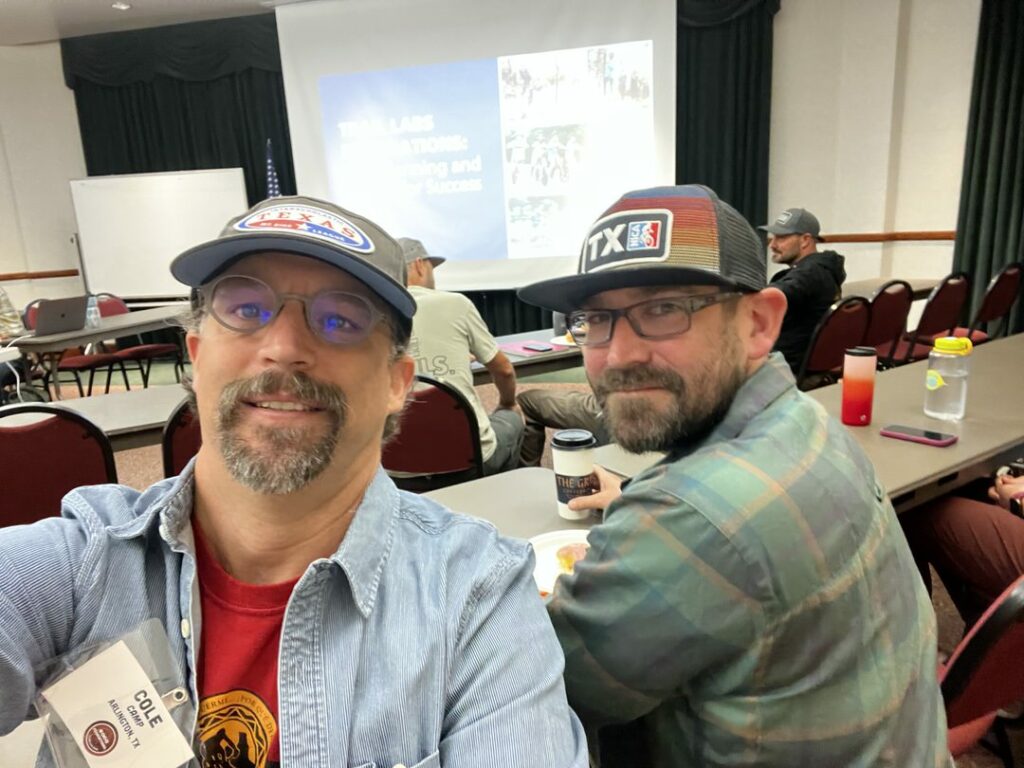
From Concept to Reality
To try and boil down two days of a seminar into one article is a bit of a daunting task. There were varied perspectives represented from across the globe at the International Mountain Bike Association’s (IMBA) Trail Labs Foundations course. The intertwined roots that IMBA and NICA share were evident in so many of the introductions. It’s at that point that we were affirming how much literal and metaphorical common ground we shared in the group. We all wanted to add to the tools to turn our shared passion of trails from concept to reality.
The shared vision of More Kids on Bikes is what propelled us into jumping into enhancing our trails advocacy at the league level. We could spend some time preaching to the choir about how getting kids out of the house and on a bike leads to better academic performance and community building. Accessibility to regularly rideable trails is a challenge for most Texas teams due to the diverse weather conditions prevalent in the Lone Star State.
“Accessibility to regularly rideable trails is a challenge for most Texas teams due to the diverse weather conditions prevalent in the Lone Star State.”
If you build it, they will come
Trails closer to home mean more chances to ride. In states with greater NICA participation, there are usually local trails available within 10-15 minutes of the community teams. This wasn’t always the case. A great many of the trails in Utah actually started off like so many places as illegal trails. Outlaw trails, bandit trails, pirate trails – whatever you want to call them all arose out of an unmet need. Groups of people found a piece of land and started riding there. Most were rake and ride with the occasional berm or jump added in because someone wanted to add a little somethin, somethin to their shred time. Few, if any thoughts were given to safety or ecological impacts. That’s not really the way that we want to build trails that are sustainable and approachable for coaching our youth.
As we digested the volumes of information that came at us in Utah, the main points that we want to share is about plans and people.
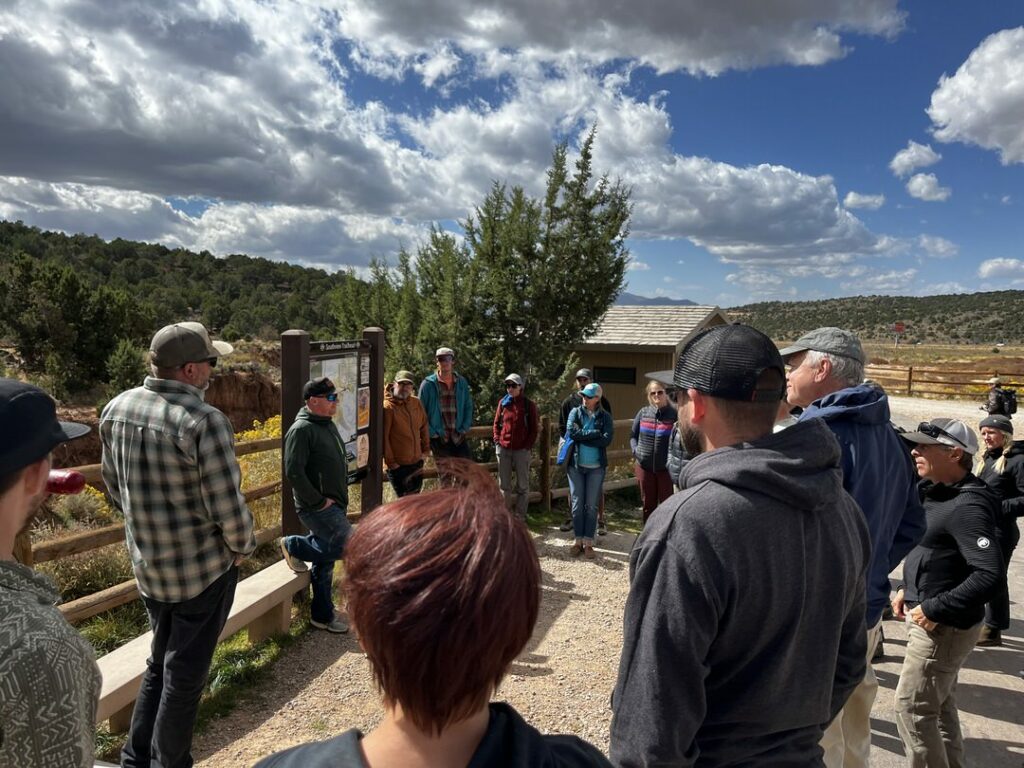

Growing Trails in Texas
The State of Texas has a land and water plan that calls for an additional 65 miles of trails to be added by 2034. This seems to be a somewhat conservative and rather achievable goal, but it won’t happen if people like us sit on the sidelines. For our league to grow like we want it to, then 65 additional miles won’t hold us. Fortunately, many local municipalities and regional groups have additional plans that are completed or in process. Plans don’t become reality by themselves. It’s going to take a lot of people to make these trails happen.
“Seek out like-minded people, Speak with people about the shared vision, and work with people on common goals. Three steps that lead down the path of better trails and More Kids on Bikes.”
Connecting Communities
Seeking out people where they are and learning about what motivates them is important. More Kids on Bikes and new trails is an easy common goal, but what fuels us can be very different. Fitness, nature education, urban renewal, and new adaptive experiences are just some of the reasons that people want to add options for trail experiences in an area. These people are all out there. Some may already be organized groups with campaigns/efforts in progress. Others may be looking for someone to join and just need an invitation.
People are not just going to fall into your lap and that would be awkward if they did. We have to be intentional about getting out and being available. Some of the ways that we can meet people are:
- Park and Rec open meetings
- Trail building days
- Local mountain bike group meetings or social media pages
- Local bike shop group rides – road, dirt, and gravel – don’t limit yourself. So often there is more beyond the surface.
Making a Plan
Many of us ride bikes because we like the solitude, and it really sits well with the introvert side of life. It’s bad enough if someone comes up to us and puts their hand out. Walking across the room to engage someone in conversation puts us firmly outside of our comfort zone. This might be where you phone a friend. There’s safety in numbers, Right? Yes. This does a couple of things. One, it gives us some security and helps to share those initial engagement conversations. Another side is that between the two of you it doubles your chances of knowing someone in the room.
Once you move beyond that initial ‘I like trails, do you like trails?’ conversation, the process is smooth. Engaging in dialogue, active listening, and identifying common ground ensures that the path ahead becomes a collective journey. Formulating a comprehensive game plan and identifying all the necessary participants, holds paramount importance. Several representatives can play a pivotal role in facilitating the planning, including but not limited to Parks Departments, Economic Development, Trails Groups (beyond cycling), Outdoor education, and school districts.
If there’s an existing local plan in progress or already finalized, these individuals should be capable of making it accessible. The broader and more diverse the group, the higher the likelihood of transitioning the project from the concept phase to a tangible reality. Notably, it’s considerably easier to develop multi-use trails.
Put the Plan in Place
Now that you possess the plan and the team, the real work commences. Developing trails resembles organizing a mountain bike race in many ways. It demands extensive planning and communication before we set foot on the ground. Roles encompass financial management, volunteer coordination, securing land use agreements, engaging stakeholders, conducting public meetings, and maintaining organizational clarity. Collaborating and remaining focused on the ultimate goal is how we conquer mountain peaks, cross oceans, and, indeed, construct trails. None of these achievements transpired through the efforts of a lone individual.
This group will need to set goals and milestones for everything from fundraising to meeting cadence to fundraising, to actual workdays to fundraising. High quality trails that can stand the test of time cost money. Sustainability isn’t just a goal, it’s a value. A value worth maintaining as a high priority.
If all of this goes right, THEN some dirt can get turned. By the time that this happens, you will have found and met new friends, learned more about your community, and worked with vast groups of people. These are the things that can carry us towards the common goals of trails that can help get More Kids on Bikes.
